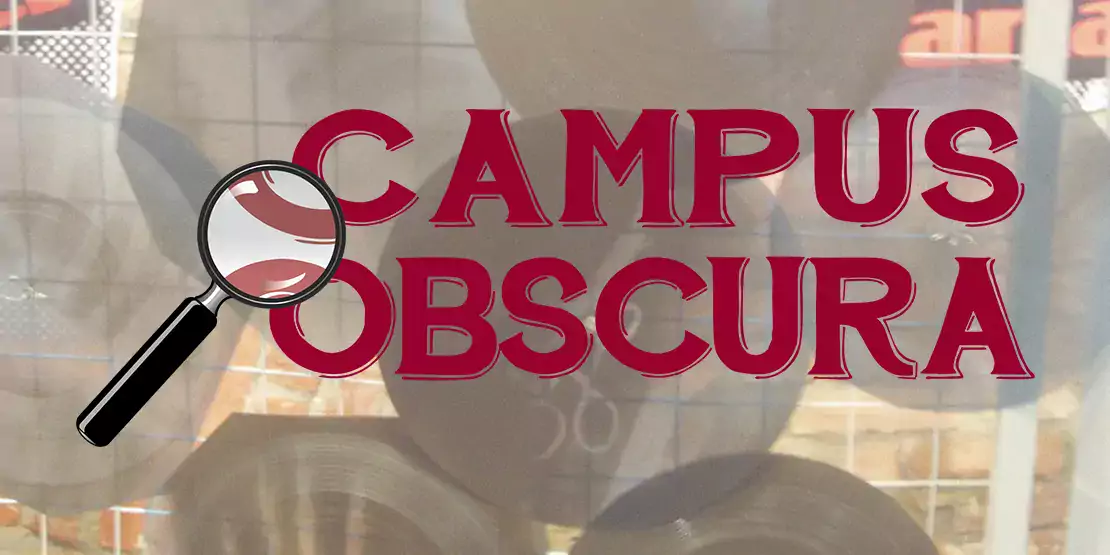There is one X-ray in the Radiography department, unlike any other. Shaped like an LP, complete with ridges and a hole in the center, the Black and White image of a man’s spine hangs in a frame across from Radiography Chair Rene Brook’s desk. If dropped onto a record player, this 1950s-era “bone record” would play a song recorded many years ago, though Brooks can't tell you which, as she's never played it. She, however, is more than happy to share its unusual background.
During the fifties and sixties, the Russian government censored music, and Western rock-n-roll was forbidden. A subculture of music fans began pressing their own records using a machine called a recording lathe, a reverse gramophone, that could write grooves onto plastic. Eventually, when vinyl became hard to come by, they began salvaging abandoned X-rays from hospital dumpsters, and the first “bone record” was born. Records could be duplicated onto an X-ray and trimmed into a circular shape by hand. The quality of these records was poor, but at the time, people didn’t care; they were happy to have even a trace of the songs they loved.
Brooks was thrilled to get her bone record as a Christmas gift from her brother, who purchased it on Amazon from a man in Ukraine. Though she’s never attempted to play it, she loves the concept behind it.
“The idea to use the emulsion from discarded X-ray film as a medium for music was brilliant,” she said.
Anyone who’d like to come to see her record can email Rene at renebrooks@abtech.edu. To read more about bone music, including a BBC documentary about the subject, visit Bone Music On The BBC — Bone Music.
